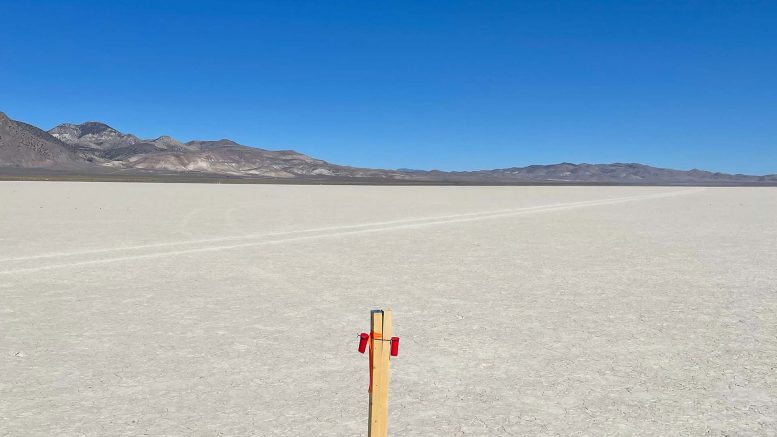While prices for battery-making products such as lithium spodumene, carbonate and hydroxide have rallied by 1,553%, 1,057% and 744%, respectively, since mid-2020, the lithium market will struggle to remain balanced in the medium-term, Bank of America (BofA) says in a new research note.
According to the bank, the upward pressure has been driven by a confluence of factors, including supercharged demand growth expanding at twice the clip of supply in 2021, according to the bank.
The bank’s Global Commodity Research team, led by commodity strategist Michael Widmer, said the solid fundamental backdrop had been heavily influenced by exponential growth in electric vehicle production, which looks unlikely to change.
BofA expects car manufacturers double output from 6.9 million units in 2022 to around 13.6 million units by 2024.
“This matters because the lithium market is still quite small, making it difficult to absorb the massive demand-pull for tonnages,” said Widmer in the bank’s weekly metals briefing.
“Even with the base effects now starting to kick in, [lithium demand] growth rates are set to remain above 20% until 2025.”
BofA said that rapidly increasing EV penetration rates and the risk of potential deviations from expectations meant that fundamentals and prices would likely remain very volatile going forward.
While EV manufacturers are the key demand drivers, consumption is also increasing from other green technologies. Indeed, integrating more renewables into the grid means that electricity storage systems (ESS) need to increase too.
ESS is becoming an increasingly important demand driver for lithium. Lithium-ion batteries have had a significant share in the ESS mix in recent years. Energy Storage Solutions may account for almost 15% of lithium demand by 2030. The bank estimates a lithium market deficit of 274,000 tonnes, with demand from ESS set to be around 381,000 tonnes by 2030.

Electricity storage solutions are becoming an increasingly important demand driver for lithium.
“As demand continues to pace ahead, supply is reacting at both incumbents and newcomers,” said Widmer.
Sticking with the first, Australia’s Greenbushes mine will increase output six-fold to just over 300,000 tonnes by 2026. Similarly, SQM is also boosting supply from around 100,000 tonnes to 240,000 tonnes.
All along, recycled volumes are set to be increasing steadily. “Notwithstanding, even with all the additional primary and secondary supply, lithium may struggle to remain balanced in the medium-term,” said Widmer.
“This means that market participants will, in all likelihood, have to look for two solutions: Demand growth slows, for instance, by shifting some of the ESS demand away from lithium-ion batteries, or more supply is coming on still.
“While we see weaker fundamentals in 2023, ultimately, lithium remains in an uncomfortable position.”


Be the first to comment on "Lithium supply struggles to keep up with demand – report"